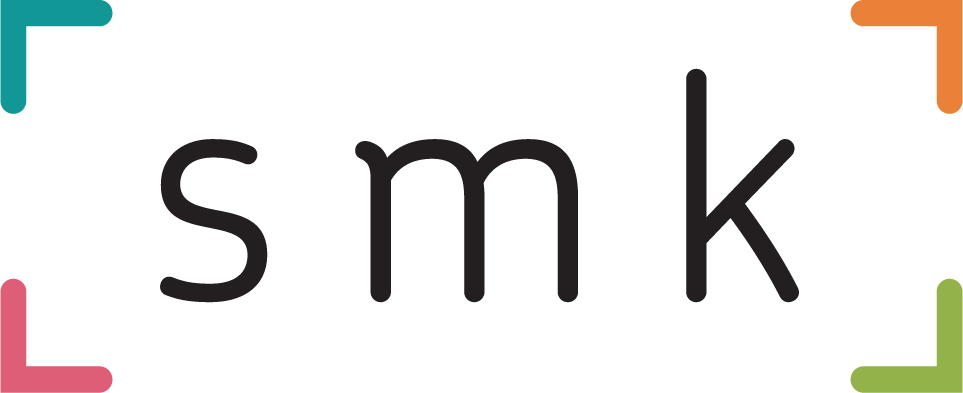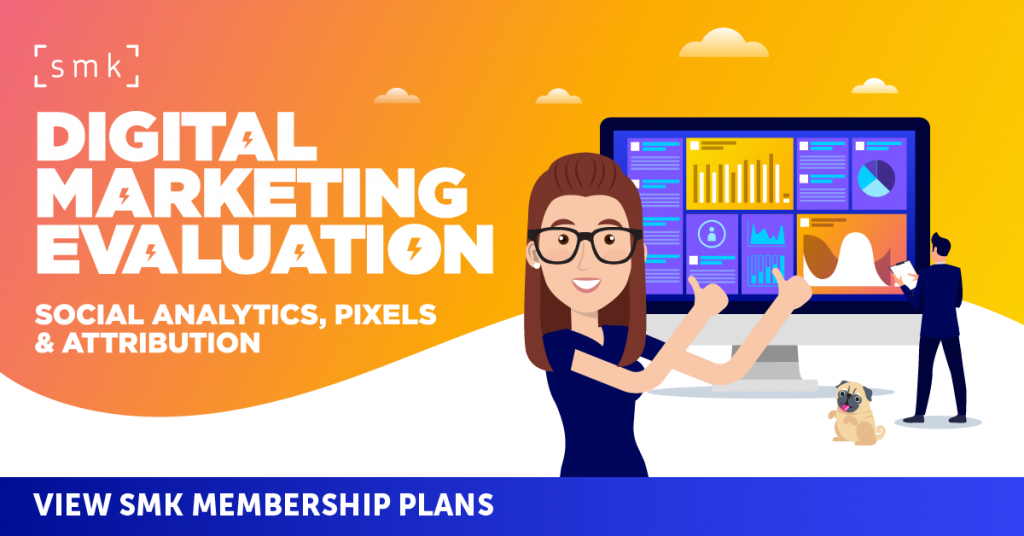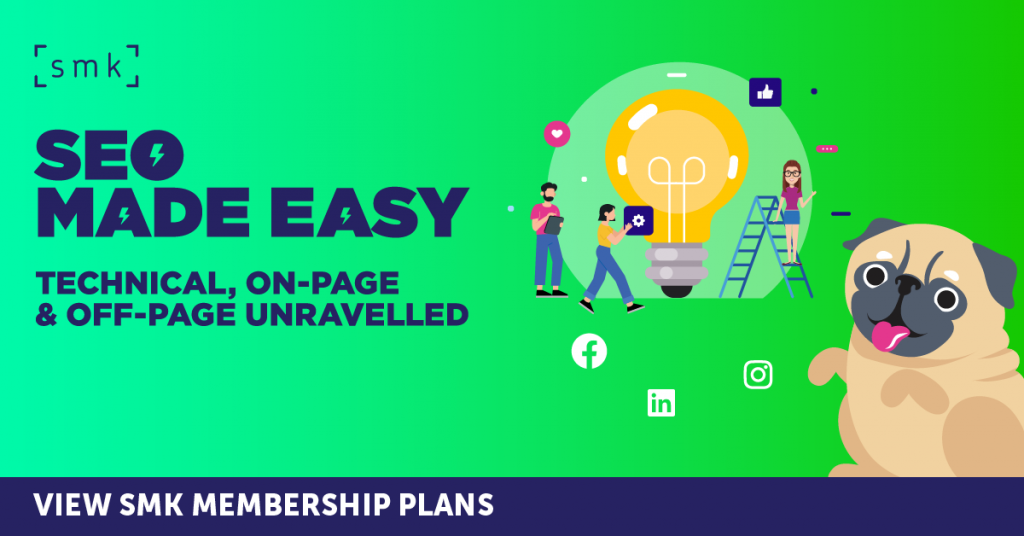LinkedIn's Big AI Bets Driving Record Feed Engagement
As a twelve-year-old growing up playing football in London, all kids dream of winning ‘Player’s Player’, come the end of season ‘Club Night’.
’Tis the ultimate accolade.
The Ballon d'Or of council estates across the land.
However, if LinkedIn played under-13s football, it’s unlikely they’d be up for ‘Player’s Player’ at Club Night this season.
That said, they’d be a shoo-in for ‘Most Improved Player’.
Both LinkedIn user sessions and site engagement are up significantly, year on year.
Much of the credit for this no doubt rests with LinkedIn’s engineering teams, and its heavy deployment of Artificial Intelligence (AI), which has worked wonders reinvigorating the lumbering giant.
In two recent blog posts, LinkedIn’s engineering leads and product leads shared valuable insights on the role of AI within LinkedIn and some of its most important feed ranking signals.
LinkedIn Feed AI Overview
Fostering active communities at LinkedIn can be broken down into the following components:
- Discover: Helping members find new entities to follow that will connect them with communities that share their interests.
- Engage: Engaging members in the conversations taking place in their communities by serving content from their areas of interest.
- Contribute: Helping members effectively engage with the right communities when they create or share content.
Ultimately the LinkedIn feed is aiming to serve up content from “People You Know, Talking About Things You Care About.”, according to Pete Davies, LinkedIn Senior Director of Product Management.
As with Facebook, what a user sees in their LinkedIn feed is a function of their social graph.
Within LinkedIn, feed posts can be drawn from Pages, people, Groups, hashtags that users follow, and events users are attending.
Not only that but how a LinkedIn connection interacts with above also impacts what a user sees, since their naturally alters the social graph.
A tactic well known to LinkedIn ninjas/wizards/crouching-tiger-hidden-jedis, who often successfully expand their personal brand by merely interacting with everything and anything in their feed.
The rascals.
LinkedIn’s Clever Creator Side Optimisation
The problem with hacks like above is they tend to skew towards scale.
Take the all-conquering Mr LinkedIn, Oleg Vishnepolsky, as an example.
In 2018 LinkedIn worked to alter this, spreading the love with Creator-Side Optimisation, shifting focus away from favouring viral LinkedIn users.
Nowadays, everyday users can enjoy much greater visibility on LinkedIn.
LinkedIn essentially took about 8% of all feedback away from the top 0.1% of creators and redistributed it to the bottom 98%.
This change alone should have driven a significant upside in terms of feed engagement and usage.
According to LinkedIn, members who receive 10+ likes when they post are 17% more likely to post again the following week, compared to members who post but don’t get any feedback.
In a nutshell, interact consistently and legitimately since LinkedIn’s AI sees and knows all…
By all means, post things that encourage a response, responding to commenters and encouraging back and forth. While occasionally using @mentions to pull other people you know into a conversation, when you think they’ll have something valuable to add.
However, focus on being interesting and interested; not hacking the algorithm.
Value As A Ranking Signal?
According to Abdul Al Qawasmeh, Engineering Manager – Feed AI at LinkedIn:
‘The goal of feed ranking at LinkedIn is to help members discover the most relevant conversations that will aid them in becoming more productive and successful.’
In other words, to get better visibility in the LinkedIn feed, content should ideally be useful or helpful. While inspirational-spam and ‘how-I-made-it’-spam still does the rounds on LinkedIn, the AI net is closing in.
When it comes to determining relevance of a post the LinkedIn AI is looking at three criteria:
- The value to the member
- The value to the member’s network (downstream effects)
- Value to the creator of the post
Note the word value three times above.
According to Pete Davies, LinkedIn Senior Director of Product Management, it appears that a more specific approach to adding value also works better:
‘We know from our data that members are more interested in going deep on topics they’re interested in. Consistently we see better conversation around niche ideas (eg #performancemanagement) than the broad (#management).’
In other words, go deep, go niche, or, go home.



RECOMMENDED FOR YOU
Google Analytics Launches New AI “Generated Insights”
Google has introduced a new feature in Google Analytics…
Google has introduced a new feature in Google Analytics…
[STUDY] Google Still #1 For Online Reviews
Fifteen years on from the first edition, BrightLocal’s Local…
Fifteen years on from the first edition, BrightLocal’s Local…
[NEW STUDY] Longer Short-Form Videos Dominating
Video consumption habits are shifting once again, and this…
Video consumption habits are shifting once again, and this…